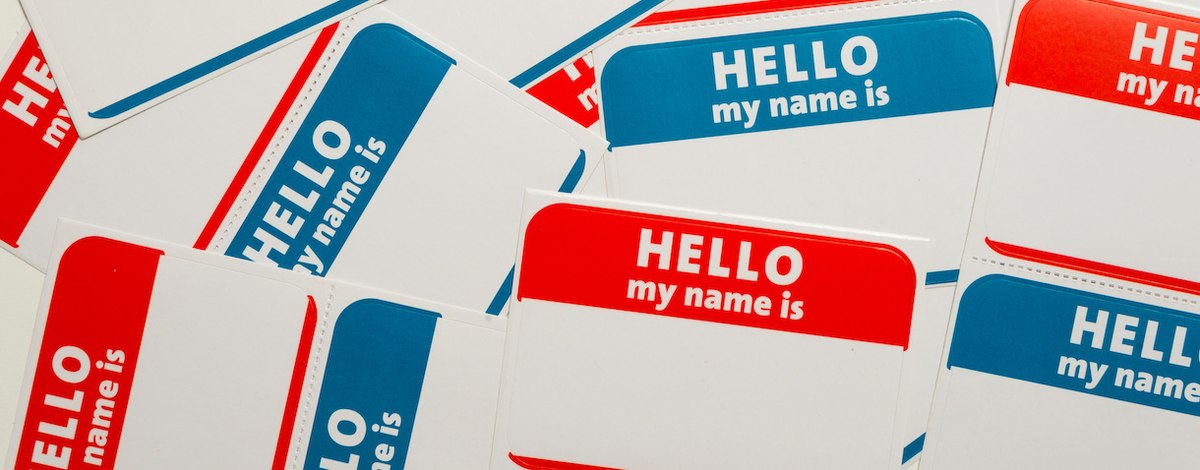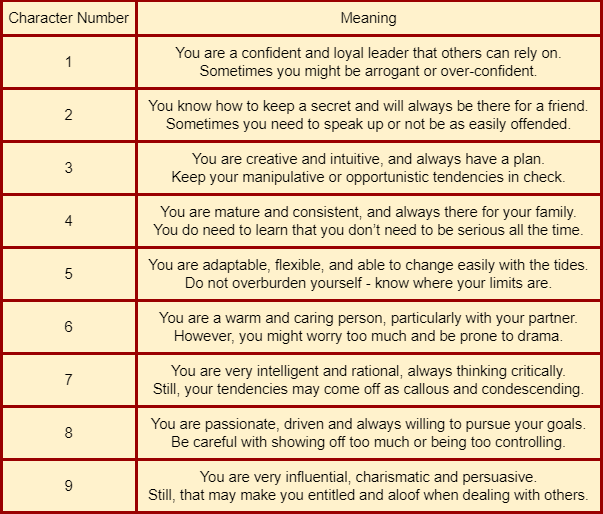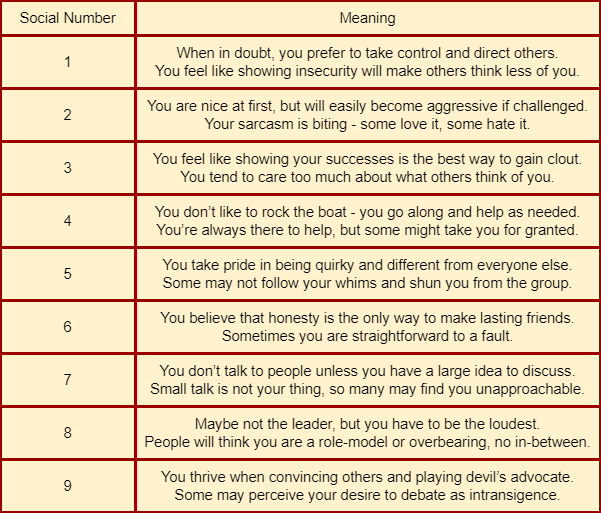Announcements
UPDATE August 2nd 2024: All charts have been replaced in Lesson 4 and Lesson 5. You will now have all the information required to complete the assignments for these lessons.
Welcome to Arithmancy 601
Before you enrol in this course, there are just a few things the Arithmancy team would like you to know.
- This course will involve some mathematical theory. Do not let this deter you, as we're always happy to assist with any questions you may have, whether they're about the general mathematical concepts, or Arithmancy-specific.
- We grade your assignments as quickly as we can but please do be patient.
- If you believe that there has been an error in the grading of your assignment, please send an owl to Professor Buchanan. We make mistakes sometimes, too. Just make sure to explain why you think there is an error, and include your assignment's ID number.
- If you have achieved 70% or higher in an assignment, you will not be able to retake it. Therefore, make sure you are happy with your work before submitting. If you are uncertain of something in the lesson, please ask for help before you complete the assignment.
Lesson 5) Character, Social and Heart Numbers
Upon arrival, you find Professor Buchanan sitting upon his desk at the front of the room, clutching a stack of papers. There is a trolley in the middle of the room with a teapot and cups upon it. “Ah, come in. Grab yourselves a cup of tea if you like.” He hands out the papers in his hand, last week’s graded assignments, with a smile to each student. “Judging by your assignments so far, I think you’re all ready for your midterms. But, for now, relax a little as we delve further into the Agrippan Method.”
Introduction
At last, this is probably the lesson that you were all waiting for. In spite of the fact that Arithmancy can be used for many applications - as discussed in our first lesson this year - the truth is that understanding more about our personality and traits is certainly the bread and butter of any Arithmancer. I bet that you’re all excited to dive into the practical part and calculate your different numbers, but let’s first go over what each number means.
Meanings of Character, Social and Heart Number

We are going to make use of the Agrippan Method in order to determine the most famous personality numbers in this class. Although these methods have slightly changed over time, much of what we use nowadays dates back to the techniques that were first envisioned by Marcus Agrippa, including the fact that people are divided into three major dimensions: their Character Number, their Social Number and their Heart Number.
The first of them, the Character Number, is the widest of these numbers, as it is meant to convey who you are as a whole. This number indicates the gist of your personality, including what traits you personally prioritize, how you see yourself, how others see you and how you typically deal with issues that come your way.
You may think of the Character Number as a baseline of sorts: if there aren’t any special circumstances that bring another number to the forefront, then you are likely to act according to the default set forward by the Character Number. It is not surprising, therefore, that this number also tends to be the strongest influence in our lives.
However, sometimes we want to be a different person in front of others, or we might take certain behaviors that we generally would not when in front of a large crowd. In order to account for that difference in how we act, Agrippa created the concept of a Social Number: a value that represents how we act when seen by society at large.
It should be noted that the Social Number does not apply to every kind of social interaction - rather, it tells us how we tend to behave when in large and unfamiliar groups, particularly when we don’t already have a baseline to fall back on. Think back to your first day at Hogwarts and how you acted in front of your peers. Chances are that, at first, you didn’t “let your hair down” as you normally would. This kind of behavior, as you may have deduced, traces back to your Social Number. On the other hand, if we were to think about the present time and your interactions with friends that you have developed a strong rapport with, it’s likely that you rely more on your Character Number instead.
The last metric defined by Marcus Agrippa was the Heart Number, which determines what it is that we long for. The Heart Number does not necessarily need to convey something that we have; sometimes, it might very well indicate something that we lack the most, and for that very reason something that we desire ardently.
The Heart Number may also refer to our morals and inner drive. Some, for example, may disguise their behavior and their social appearance in order to create a better public image, but their intentions might diverge from how they seem to be at first. The Heart Number may also help us identify these points of inconsistency between one’s actions and wishes, and for that reason this is likely the number that provides the most profound foray into our personalities.
Name Selection
 Shakespeare said, and I quote, “what is in a name?”, claiming that a rose does not change its smell even if we call it differently. This kind of concern, however, is quite pressing in Arithmancy - names may not change the nature of a person, but they might alter how we modify our interpretation of the individual that’s right in front of us.
Shakespeare said, and I quote, “what is in a name?”, claiming that a rose does not change its smell even if we call it differently. This kind of concern, however, is quite pressing in Arithmancy - names may not change the nature of a person, but they might alter how we modify our interpretation of the individual that’s right in front of us.
We know what kinds of numbers there are in Arithmancy, but what kind of name should we use in order to calculate these numbers? Should we use one’s full name or just a single given name? Do nicknames count? What about cases in which people have changed their name? What about individuals who may have multiple names owing to a psychological disorder, such as Dissociative Identity Disorder? These are many of the questions that might plague new Arithmancers, but don’t worry - they are all quite easy to solve.
To put it plainly, all humans have a strong sense of intuition that tells them what kind of name best matches their personality - long story short, you should follow that intuition. If you ever need to make a reading for someone that uses a nickname, someone that absolutely refuses to use their middle name or someone that has changed their name for legal reasons, such as marriage, do so. Not only is this a way to grant your listener the respect they’d like to get, but you’ll also end up making more accurate readings as well.
On the other hand, making readings that use that person’s disliked name may also grant you information, albeit not in the way one would expect. You may find that interpreting someone’s disliked name may give you insight on what the person in front of you cannot tolerate in the personal (Character Number), social (Social Number) and emotional (Heart Number) dimensions. However, before you impose yourself on that person, please make sure that you ask your querent whether you’re allowed to give them a reading based on a name they do not use. Respecting your listener’s privacy is extremely important from an ethical standpoint, and I do not want to see any student of mine stubbornly pushing for a reading just to sate their personal curiosity.
Character Number
 Time to begin the practical section of the lesson! The first number that we are going to discuss is the Character Number, which is calculated by extracting the digital root of the number formed by all letters in a person’s name (according to the Pythian Number Chart).
Time to begin the practical section of the lesson! The first number that we are going to discuss is the Character Number, which is calculated by extracting the digital root of the number formed by all letters in a person’s name (according to the Pythian Number Chart).
Let’s take a look at a specific example. What would be, for instance, the Character Number for DRACO MALFOY? The first step is to substitute each letter by its numerical equivalent, which is as follows:

Then, we must aggregate all the digits in a single number, creating 49136413667. The next step is to then calculate the digital root of this number - and, because we don’t have special numbers such as 11 or 22 to worry about, we can use some of our digital root properties to simplify our work! Remember that you can remove any nines, or sets that add up to nine, from a number without modifying its final digital root. This means that in the number 49136413667 you may remove the number sets colored in red, orange, green and blue without altering the final digital root, simplifying your number to 167. Adding all digits in 167 nets 14, which results in five when added again: that is Draco Malfoy’s Character Number.
We know what the number five means in generic terms for the Agrippan Method, but there are more specific interpretations depending on which number you are addressing. Let us take a look at the following table and see what each number specifically means when taken as a Character Number:

Social Number
 Next comes the Social Number! While the Character Number makes use of all of the letters in a given name, the Social Number will just use the consonants for your name instead. Believe it or not, there is a reason for why we use the consonants for the Social Number (and the vowels for the Heart Number): in a nutshell, the consonants provide the main sounds that we project to the external world, whereas the vowels act like the hidden support for these sounds to be projected; in other words, the consonants represent what we want the world to know, and the vowels represent our true motivation deep inside.
Next comes the Social Number! While the Character Number makes use of all of the letters in a given name, the Social Number will just use the consonants for your name instead. Believe it or not, there is a reason for why we use the consonants for the Social Number (and the vowels for the Heart Number): in a nutshell, the consonants provide the main sounds that we project to the external world, whereas the vowels act like the hidden support for these sounds to be projected; in other words, the consonants represent what we want the world to know, and the vowels represent our true motivation deep inside.
One question that you might have is whether Y is considered a vowel or a consonant, as it’s commonly defined as a semivowel. For the purposes of Arithmancy, Y is always taken as a vowel, even though there are scenarios in our modern era where it mostly resembles a consonant. There are many historical reasons on why that is the case, but the main one is the fact that Y was not an actual letter in the original iterations of Latin! Rather, the letter Y was created in order to represent the Greek character upsilon, which had a sound corresponding to the vowel U - for that reason, Y was always reputed to be a vowel in Latin.
Moving on to the next step, then. In order to calculate the Social Number we do the same process as we did with the Character Number, making sure that we only pick the consonants when forming our number. The same rules regarding simplification can be used here as well - let us revisit our previous example and calculate Draco Malfoy’s Social Number.

Draco Malfoy’s consonantal numbers give us 493436, which can be further simplified into 434 by removing two sets that add up to nine. When added up, 434 sums up to 11, which further sums up to 2 in the next step; that is Draco Malfoy’s Social Number.
Remember that the Social Number refers to how we act in unfamiliar and public circumstances, which might at times be at odds with who we are normally! For a more detailed breakdown of what each Social Number means, make sure to consult the table below:

Heart Number
 At last, let us discuss the Heart Number! This number discusses the moral reasons for our decisions as well as what incentivizes us to keep moving forward. You can see the Heart Number as a personal drive of sorts - either because that trait is a strong part of our soul, or because we desperately want to have more of that trait.
At last, let us discuss the Heart Number! This number discusses the moral reasons for our decisions as well as what incentivizes us to keep moving forward. You can see the Heart Number as a personal drive of sorts - either because that trait is a strong part of our soul, or because we desperately want to have more of that trait.
In order to calculate the Heart Number, we will use the vowels to our names instead - a fact that will lead us to an interesting property that we will discuss at the end of the class! Do remember that, for all intents and purposes, Y is considered to be a vowel in the Agrippan Method.
Let’s go back to our example. We have already calculated the Character and Social Numbers for Draco Malfoy, so it’s no surprise that our next step is to calculate his Heart Number instead. The calculation follows the same procedure, with us picking the numbers that are associated with each vowel and then calculating the digital root of that number.

After obtaining the corresponding number, 16167, we may look for any simplifications by removing sets that add up to nine once more. In this case, the digits 117 may be removed, leaving us with 66 - which adds up to 12 and, consequently, to 3. The table below will give you a better idea of what each Heart Number signifies:

Closing
There’s one more thing I want to discuss before class is over. You might have already noticed that, but you don’t need to calculate all of the three numbers above from scratch: if you have two of the numbers above, you may find the third one easily.
This is a corollary of how the Character Number, the Social Number and the Heart Number are calculated: adding up all of the consonants in a name (Social Number) to all of the vowels in the same name (Heart Number) is identical to the summation of all letters in the name (Character Number). Therefore, by definition, the digital root of the addition between the Social and Heart Numbers is the same as the Character Number.
Going back to the Draco Malfoy examples, you might have noticed that his Social Number (2), when added to his Heart Number (3) nets his Character Number (5). This is not a fluke, but a pattern that is always present in this system.
In case the Social Number and Heart Number add up to a number higher than 10, you need to extract the digital root to that number - for example, someone with Social Number 8 and Heart Number 5 will have a Character Number 4, as 8 + 5 = 13 and dr[13] = 4.
Conversely, if you have the person’s Character Number and one of the other numbers, you may subtract the other number from the Character Number to obtain the missing value. If the Character Number is smaller than the second number, you can add 9 to the final sum - as you should remember that adding 9 does not impact the digital root of a calculation. For example, someone with a Character Number 5 and a Social Number 6 will have a Heart Number 8, as 5 - 6 = -1 (which may be added to 9 for correction purposes, giving a final result of 8).
At any rate, you should now be prepared enough for your Midterms. Best of luck to you and I shall see you in the next class.
Dismissed.

Original lesson written by Professor Vaylen Draekon
Improvements made by Professor Epona Salvatrix and Professor Calum Buchanan
Image credits here, here, here, here and here
Enroll


